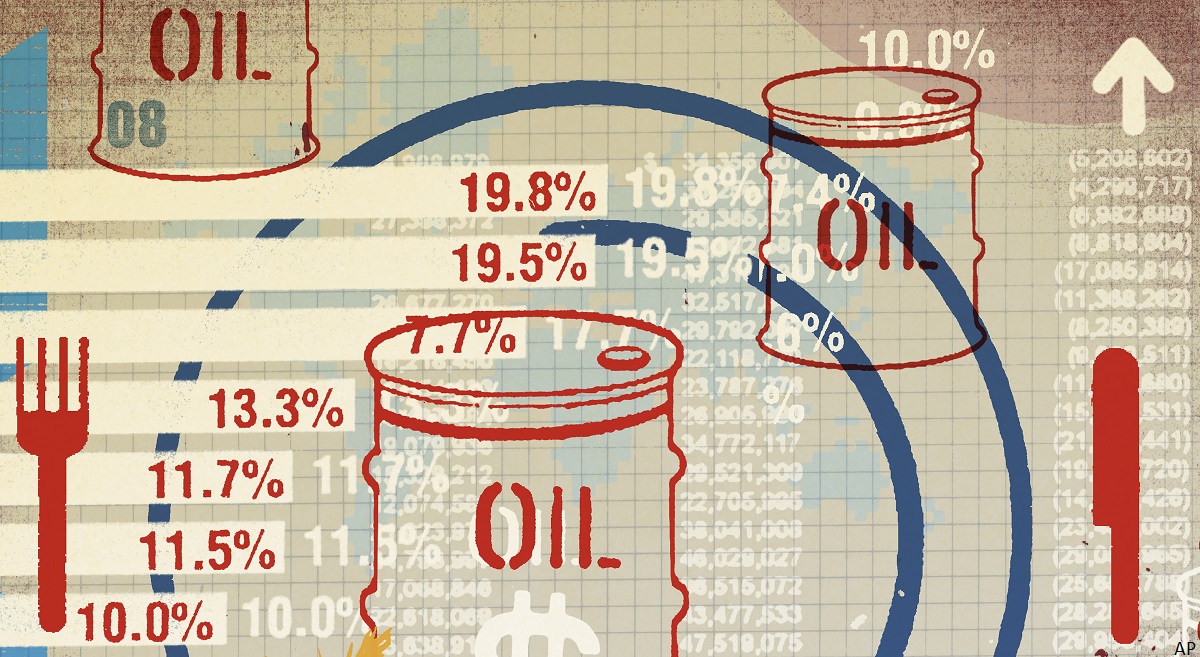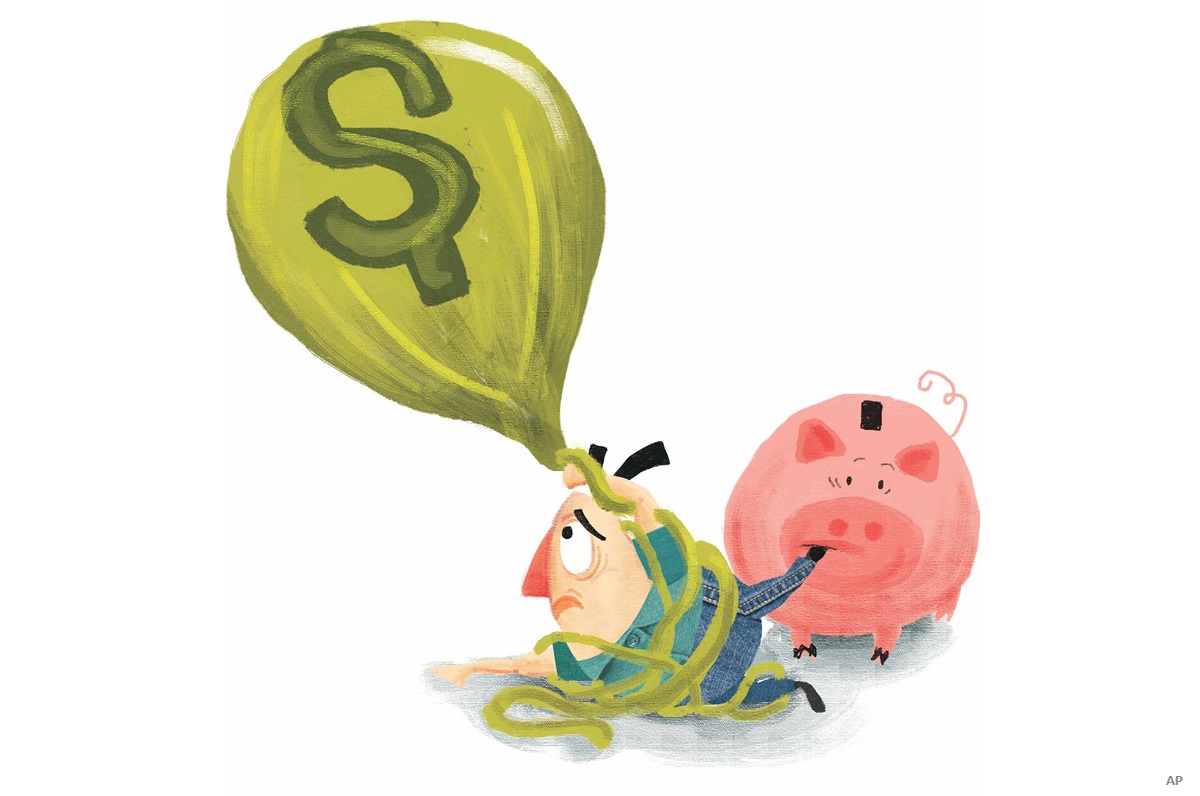
Natural resource stocks have demonstrated resilience, while the rest of the markets have languished due to monetary tightening by central banks around the world. And it could last.
Even as the sector is notoriously cyclical, and resource stocks were beaten up in 2018-2020, veteran stock picker Benoit Gervais and lead manager of the three-star $269.7 million Mackenzie Global Resource F (available in Series D), argues that there are more gains to come, even as he’s been somewhat cautious in his portfolio lately.
“Six months ago, I positioned the fund defensively because I thought that it was late innings in this economic cycle,” says Gervais, senior vice-president, and head of the resource team at Toronto-based Mackenzie Investments, “And we still are…We were bruised in the previous cycle, so it was time to be more defensive.” And that’s paid off.
Year-to-date (October 24) Mackenzie Global Resource F has returned 11.29%, versus 6.56% for the Natural Resources Equity category. On a 1-, 3- and 5-year basis, the fund returned an annualized 14.94%, 22.46% and 9.93%. In contrast, the category returned an annualized 7.94 %, 16.50% and 5.69% for the corresponding periods.
Different Than Past Pullbacks
Gervais, a 21-year industry veteran who joined Mackenzie after completing an MA from the Colorado School of Mines, says he and co-manager Onno Rutten, vice-president, believe that an inevitable sector pullback may not be as severe as in previous declines. “The balance sheets of many companies are in great shape. Executives have been told for a few years that ‘society doesn’t need their stuff.’ That oil demand will disappear on us, so why invest? Fossil fuels are bad and mining is bad, too. So there has been a lot of restraint from those executives, who have been paying down debt and returning money to shareholders. We don’t see an over-supply and inventory over-build that we had in previous down-cycles.”
Meanwhile, Gervais notes, long-term demand is becoming clearer, “If you are buying into the story for energy transition, infrastructure, and re-shoring away from China and Russia, then you start to think that the trough won’t be as bad as previous troughs. Material stocks [using the MSCI World Materials Index] are already down about 20%, year-on-year while Canadian material stocks are flat on the year because it has a large gold component.” The MSCI World Energy Index is up 20% year-on-year, Gervais notes, but there is a worry that may decline.
Economic Slowdown Key Intersection for Energy
Concerns of a global economic slowdown on the horizon loom in the energy sector. “The world is working on one cylinder because we are missing China and Europe, but one scenario is that we may lose the last cylinder,” Gervais observes, “But if you think that China is about to re-open and the US will only have a mild recession, and long-term demand will be strong because of re-shoring and infrastructure, then maybe it will be okay from here, and energy won’t pull back a whole lot. And maybe materials will catch up to energy,” says Gervais, “There is no copper over-supply. The minute the commodity cycle is doing better, then watch out.”
Troughs are Relative
Gervais argues that in one scenario a pullback will not be as steep as in 2018-2020. For instance, crude oil may pull back to US$75 a barrel, and not US$45 as in the previous downturn: “I’m making the case that the trough will be 50-100% higher than the pre-COVID trough. The next trough will see oil at US$60. The demand pullback is likely to be similar. However, the supply situation is so different, mainly because there is no investment. We told executives, ‘We don’t need your stuff.’ So what happened? The executives said, ‘We’ll do share buy-backs, instead, and pay dividends.’ As a result, there isn’t much in the pipelines, whether it’s copper mines, or oil and natural gas.”
In his view, demand will be surprisingly robust for natural gas and copper, as society makes the transition to a less commodity-intensive society. “The transition won’t happen with fairy dust. It will happen with a lot of the materials that are cheap and unpopular. Those materials are steel, lumber, aluminum and oil and gas. They should do well over the next five years,” says Gervais, “You will need future-facing [materials that are part of the transition to less carbon-intensive energy and are part of the re-shoring theme] commodities like natural gas. But the demand is going higher, not lower. That’s why I say, that the ‘floor’ in this slowdown will be relatively high.”
Overdramatic Discounts in Energy
Gervais maintains that natural resource stocks are cheap and trading at six times sustainable free cash. “They don’t have as much growth as the market. But the broader market is trading at 18 times, on a forward basis. That’s a significant discount.” Part of the discount is attributable to a perception that commodity companies have a limited lifespan, as well as being subject to high taxation in jurisdictions such as Europe. “These stocks are not regarded as part of the future. The terminal value of these businesses is in question, versus the S&P 500 Index, which has a future,” says Gervais.
“You put it all together and may argue that the discount to the benchmark is too big. But I say, ‘let me tell you about the thematics, such as infrastructure and re-shoring.’ I don’t think it’s going to be that bad,” Gervais continues. “In fact, things are looking up for the next five to 10 years because the commodities will be needed if we want to do this transition and want a friendlier and greener environment. You will need copper to make a new transmission line from your windmills and your solar panels.”
Commodities in Demand to Ditch Commodities
“In one case, you might have commodities that are clearly part of the transition. Think of copper: it’s easy to make that connection. You’ll need copper if you want to build windmills, and so on. The other part of the portfolio is in commodities such as natural gas that is a complement until we have a bigger solution for the year 2050with renewables. When the sun is not shining, you will need something in the meantime. Natural gas is not perfect because it has emissions. But it’s better than coal. It’s part of the transition, and is acceptable on the condition that there is a company that produces it better than others.”
From a strategic viewpoint, Gervais is running a portfolio split roughly between 51% energy stocks, 42% materials, and about 7% cash. On a geographic basis, the fund has about 53.2% invested in Canadian names, 13.2% in the U.S., 5% in The Netherlands, 4.5% in Brazil, and smaller holdings in countries such as France and South Africa. The fund has about 65 holdings, of which 90% are either leaders in ESG (environmental, social and governance) or so-called ESG improvers and contributors.
One of the top holdings is Tourmaline Oil Corp. (TOU), a leading Canadian natural gas producer that produces three billion cubic feet a day. “It produces a commodity that is needed for the energy transition and producing it in a friendlier and cleaner way than others, on a world-scale basis,” says Gervais. “It may sound boring to buy something in Canada, but here we have a world-class leader. The natural gas will be sold not just locally but also internationally, in places like Europe and China. They have to replace dirty coal or unfriendly suppliers like Russia.”
The stock, which trades at about $75.60, pays a 7.2% dividend (on a historical basis). On a forward basis, the stock trades at four times sustainable cash flow. Gervais is bullish and expects the dividend yield to rise to about 10% in 2023.
Another favourite is Shell PLC (SHEL), a leading global energy producer. “After we see the recovery in Europe, it will be one of those companies that will transition from being perceived as an oil and gas company to being perceived as an energy company. People will say ‘You can buy oil and diesel from them, but also electricity. What is the best form that you would like as a customer? Do you want low-carbon jet fuel, or regular jet fuel?’ Once the market has changed its perception of the stock, to an energy house, instead of an oil and gas house, then the re-rating will be tremendous.”
Shell is trading at about US$53, for a free cash flow yield of about 12%. “For that yield, you are getting the cost of executing on this business case where you will change from being an oil and gas company to an energy company. It costs money to do this transition,” says Gervais. “But you will get the 12% free cash flow yield, plus the re-rating.”








.jpg)














